Wildlife corridors represent nature’s highway systems, allowing animals to move
safely between larger habitat areas in an increasingly fragmented world. These vital
pathways serve as lifelines for countless species, from tiny amphibians to massive
elephants, maintaining genetic diversity and allowing seasonal migrations.
Through careful planning and observation, visitors can now witness these
remarkable animal movements while respecting the creatures that depend on these
natural passages.
Yellowstone to Yukon Corridor
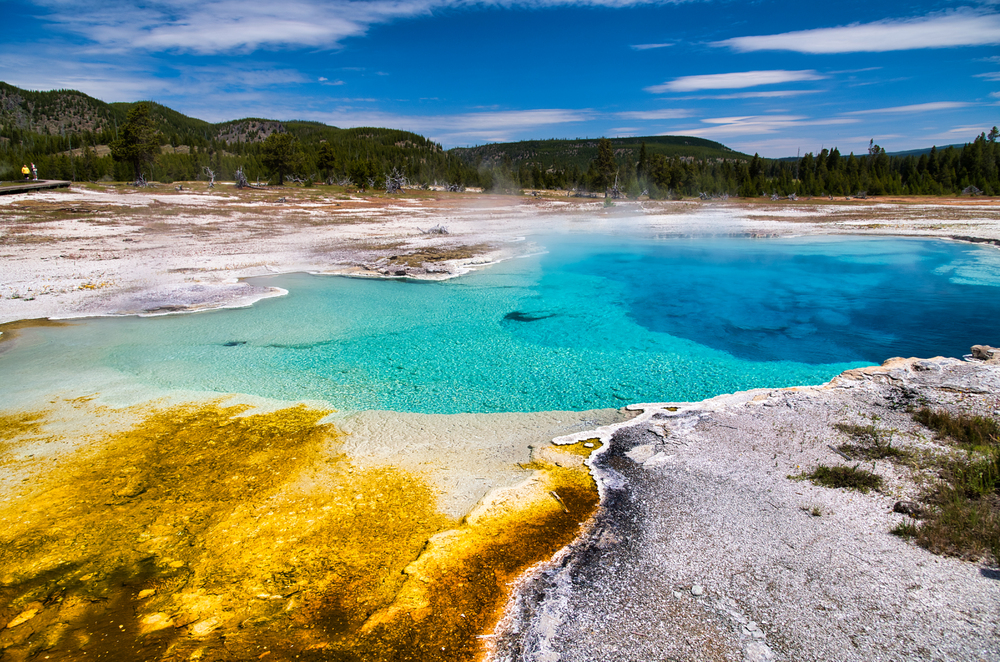
This vast corridor stretches 2,000 miles from Wyoming to Canada’s Yukon Territory,
providing critical habitat connectivity for grizzly bears, wolves, and elk. Visitors can
spot wildlife from numerous observation points along the route, particularly in Grand
Teton and Banff National Parks.
The best viewing times occur during spring and fall migrations when animals move between seasonal feeding grounds.
Monarch Butterfly Corridor
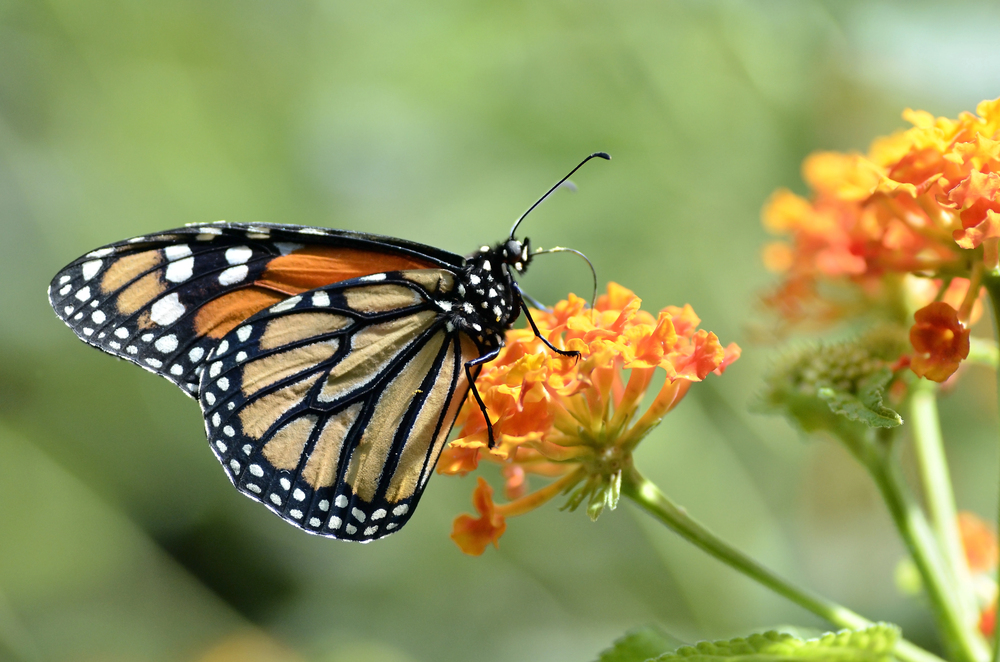
Stretching from Canada to Mexico, this amazing corridor sees millions of monarch
butterflies making their annual migration through the heart of North America.
Sanctuary sites in Mexico’s Sierra Madre Mountains offer spectacular viewing
opportunities from November through March.
Local guides can lead you to colonies where thousands of butterflies cluster on oyamel fir trees.
Like Travel Pug’s content? Follow us on MSN.
African Elephant Corridor
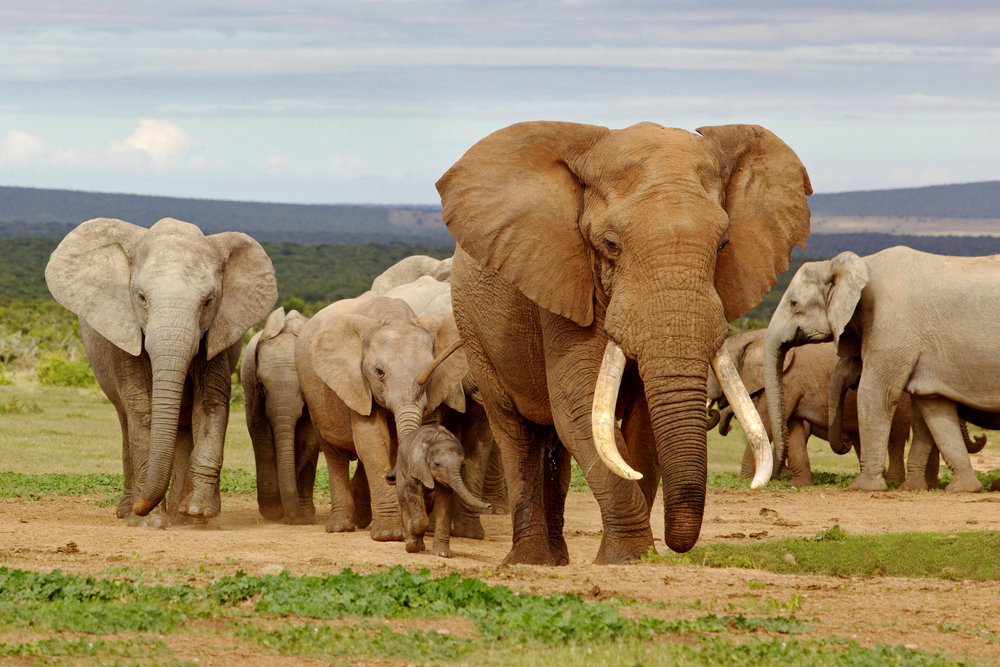
Kenya’s Mount Kenya to Samburu corridor provides a vital passage for elephants
moving between mountain forests and lowland savannas. Viewing platforms at
strategic points allows visitors to watch elephant families navigate these ancient
pathways without disturbing their movement.
Local Samburu guides share generations of knowledge about elephant behavior and migration patterns.
Christmas Island Crab Migration
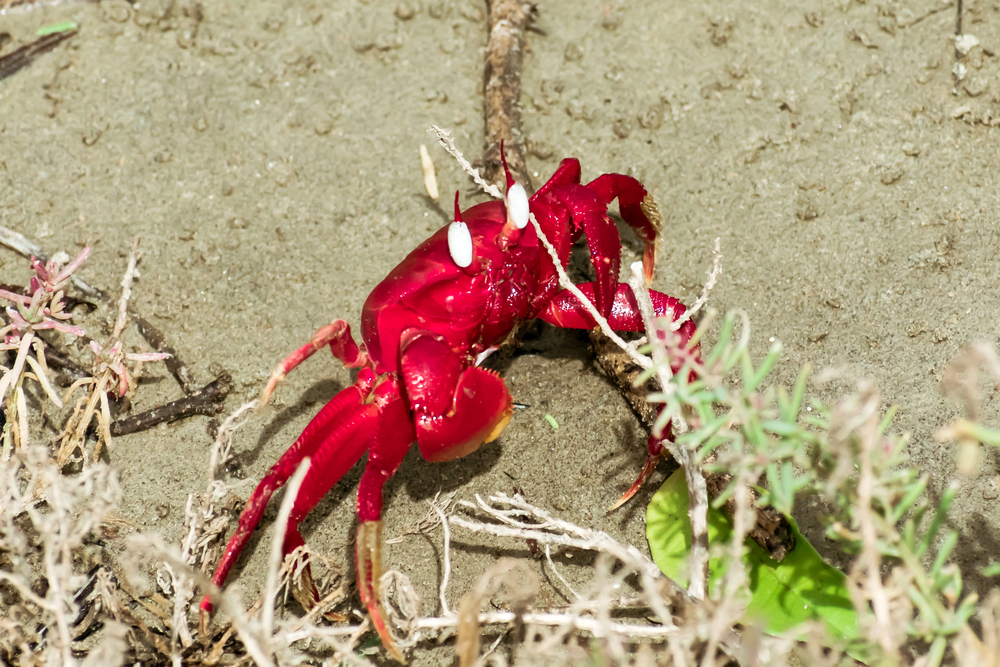
This unique corridor allows millions of red crabs to make their annual journey from
forest to sea during the wet season. Special bridges and tunnels help these
determined crustaceans cross roads safely, creating remarkable viewing opportunities.
Visitors in November or December can witness one of nature’s most spectacular mass migrations.
European Green Belt
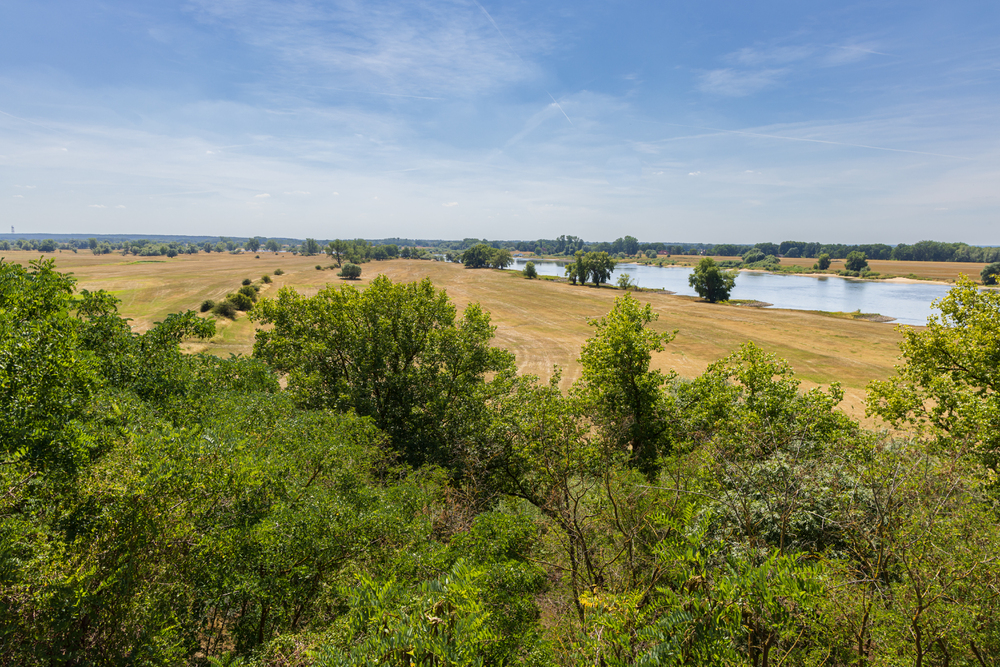
Following the former Iron Curtain, this corridor has become an unexpected wildlife
sanctuary stretching 7,767 miles through 24 countries. Observation towers along the
route offer chances to spot lynx, wolves, and numerous bird species.
Local guides in places like Germany’s Harz Mountains can help track animal movements through this historic landscape.
Like Travel Pug’s content? Follow us on MSN.
Mesoamerican Biological Corridor
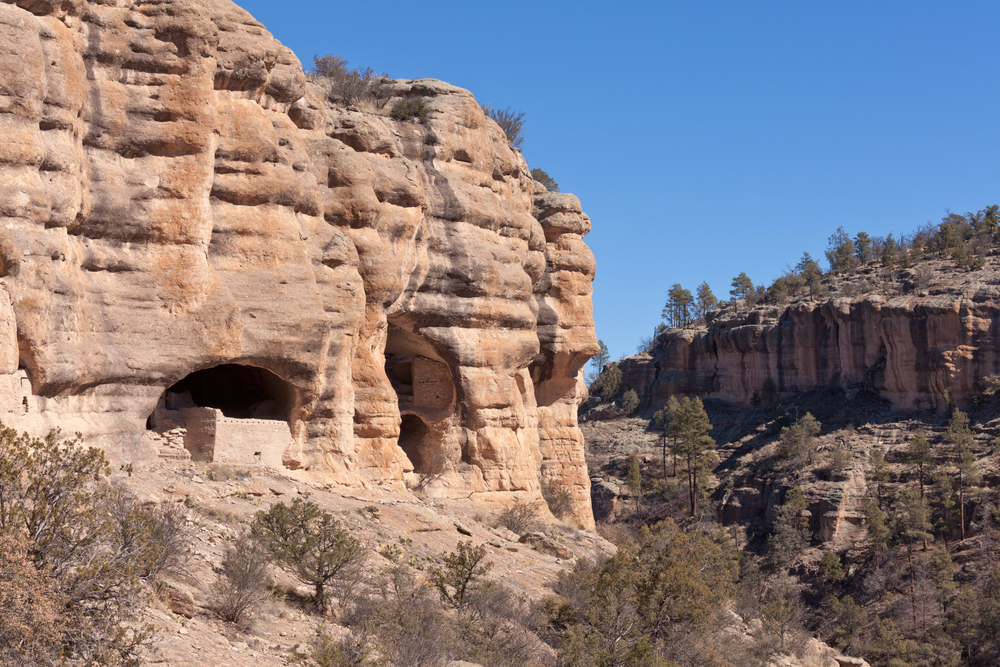
Connecting Panama to Mexico, this vital pathway allows jaguars and other rainforest
species to maintain genetic diversity across Central America. Eco-lodges in Costa
Rica’s Monteverde Cloud Forest provide the perfect basis for witnessing wildlife
movement.
Night tours offer opportunities to spot nocturnal species using the corridor.
Great Eastern Ranges Initiative

Australia’s ambitious corridor project connects various ecosystems along the eastern
coast, providing safe passage for koalas, wallabies, and countless bird species.
Hiking trails through national parks offer excellent wildlife viewing opportunities,
especially during dawn and dusk.
Local conservation guides can help identify animal tracks and signs along the corridor.
Florida Wildlife Corridor
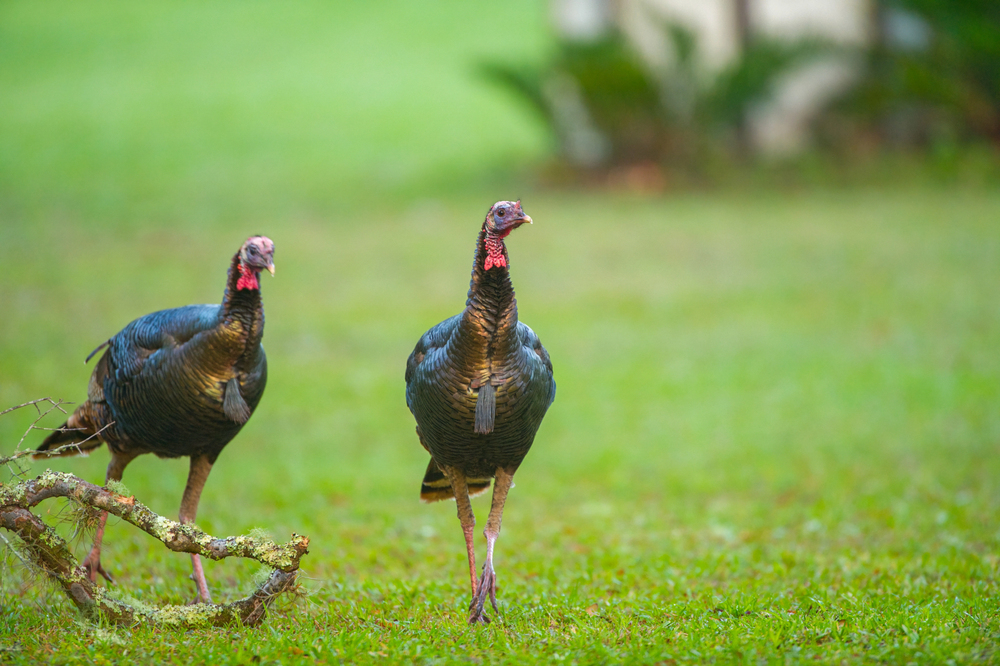
This network of connected lands allows panthers and black bears to move safely
through Florida’s increasingly developed landscape. Viewing platforms in places like
Paynes Prairie Preserve State Park offer chances to spot diverse wildlife using these
pathways.
Early morning kayak tours provide unique perspectives on corridor wildlife activity.
Like Travel Pug’s content? Follow us on MSN.
Nordic Wildlife Corridor
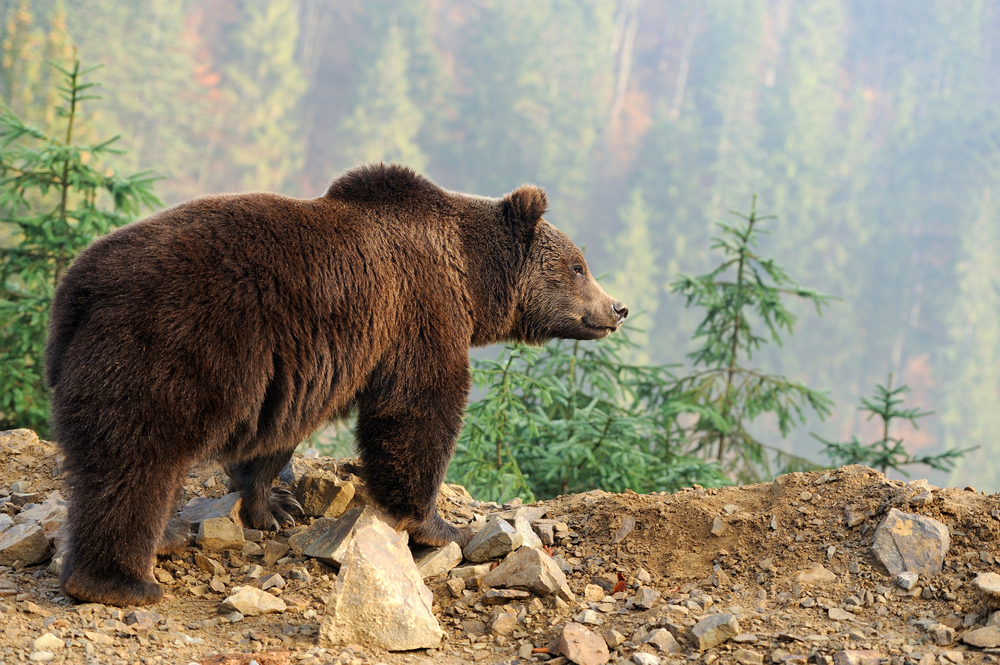
Stretching across Scandinavia, this corridor system enables reindeer herds to
maintain their traditional migration routes. Viewing stations in northern Norway and
Sweden offer opportunities to witness seasonal reindeer movements.
Local Sami guides share cultural insights about their relationship with these migration routes.
Terai Arc Landscape
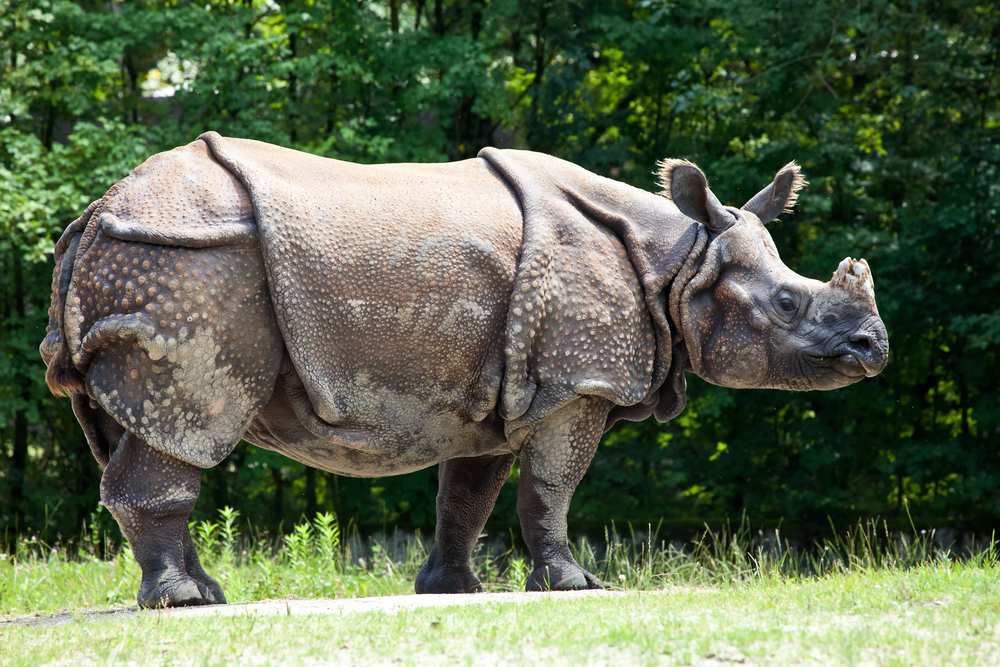
This corridor in Nepal and India provides critical connectivity for tigers, rhinos, and
elephants moving between protected areas. Safari lodges along the corridor offer
guided wildlife viewing experiences with trained naturalists.
Camera trap images displayed in visitor centers show nocturnal corridor activity.
Brazilian Atlantic Forest Corridor
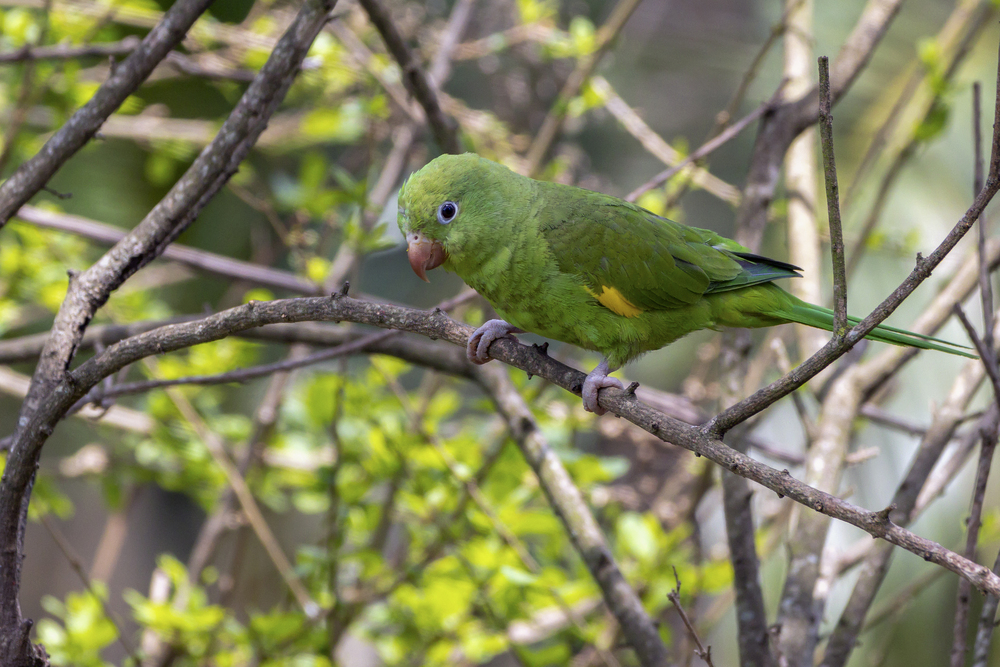
Connecting fragmented remnants of the Atlantic Forest, this corridor provides vital
pathways for endangered golden lion tamarins and other species. Elevated
walkways allow visitors to observe wildlife movement without disrupting natural
behaviors.
Local biologists lead specialized tours focusing on corridor conservation efforts.
Like Travel Pug’s content? Follow us on MSN.
Indonesian Rainforest Corridor
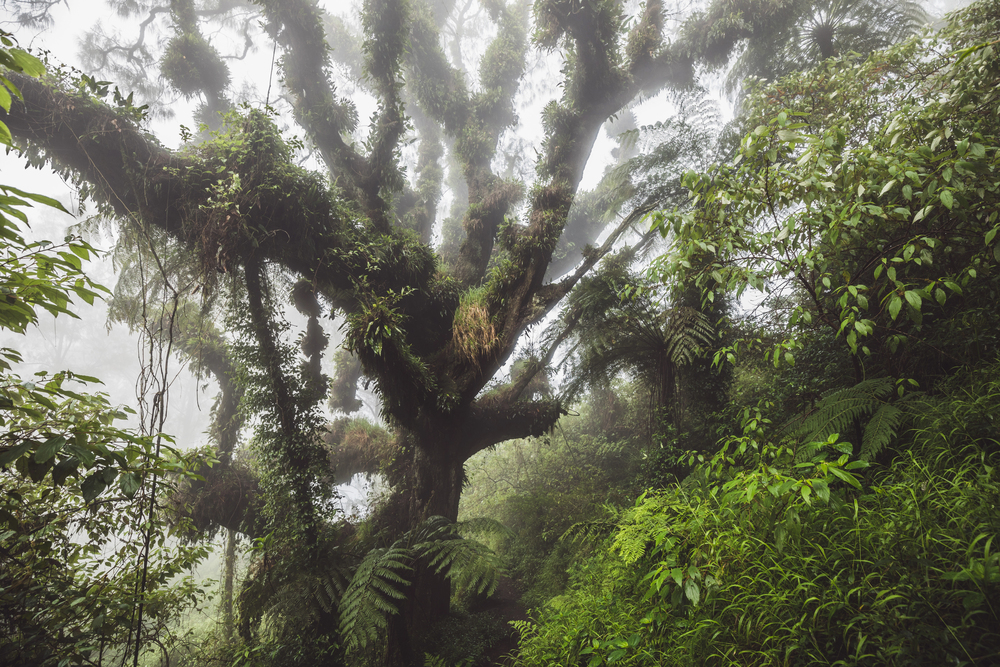
Sumatra’s elephant corridors connect isolated forest patches, allowing endangered
species to maintain viable populations. Eco-lodges positioned along corridor routes
offer guided treks to witness wildlife movement.
Night safaris provide opportunities to spot nocturnal species using these pathways.
Rocky Mountain Wildlife Bridge
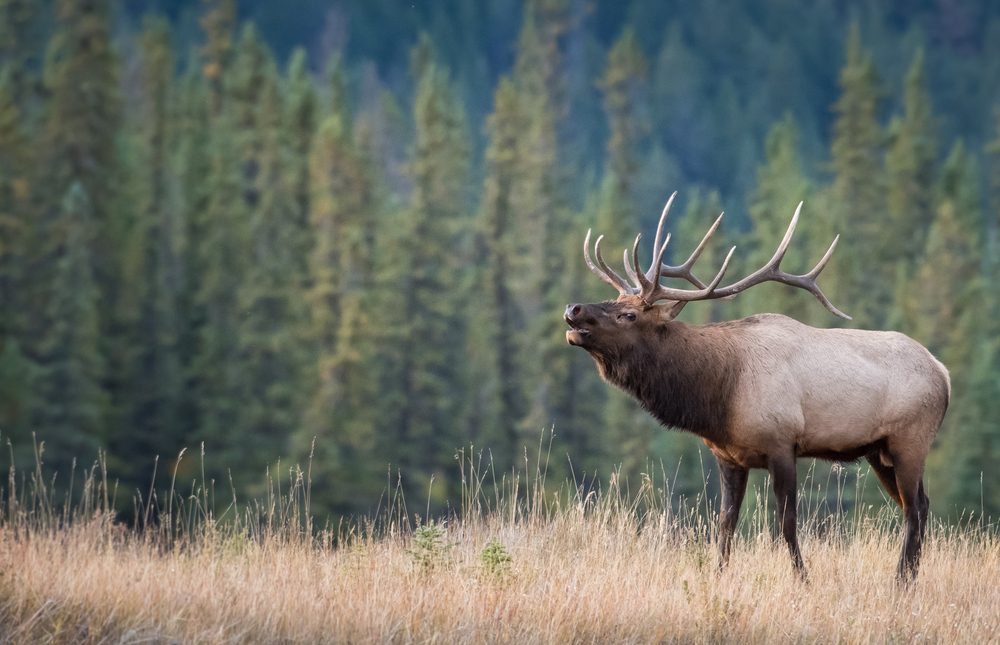
This innovative overpass in Banff National Park helps large mammals safely cross
the Trans-Canada Highway. Viewing areas near the bridge allow visitors to watch
elk, deer, and bears use this engineered corridor.
Wildlife cameras broadcast real- time footage to the park’s visitor center.
Greater Mekong Corridor
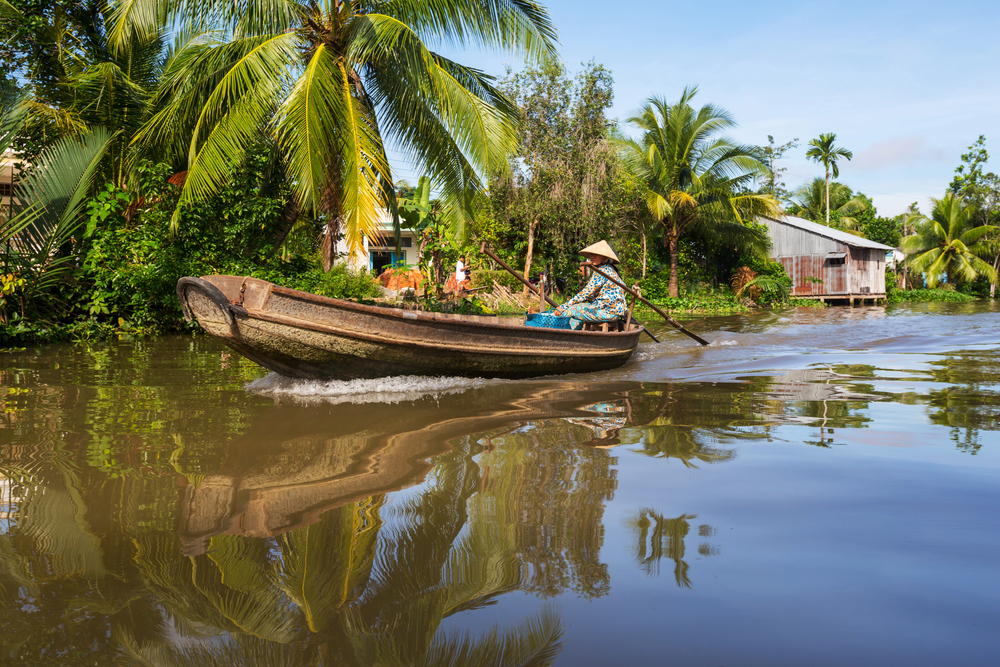
This extensive network connects habitats across Southeast Asia, supporting tigers,
elephants, and countless other species. River tours offer chances to observe wildlife
moving along waterway corridors.
Local guides share knowledge about traditional wildlife movement patterns.
Like Travel Pug’s content? Follow us on MSN.
African Great Lakes Corridor
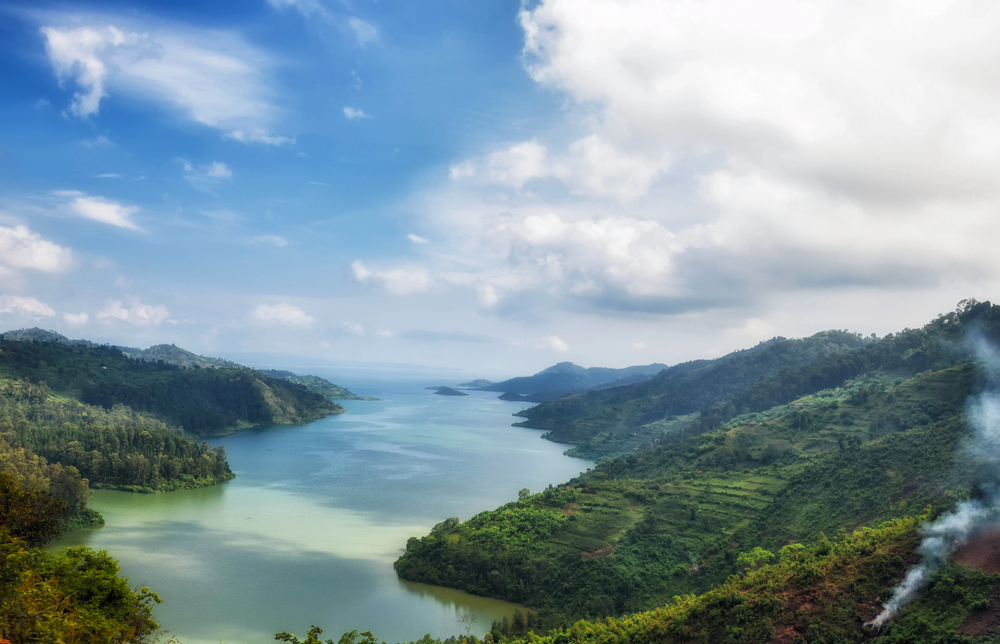
Connecting protected areas around Lake Tanganyika and Lake Victoria, this corridor
supports chimpanzees and various monkey species. Guided forest walks offer
opportunities to observe primates using natural pathways through the canopy.
Community-led tours provide insights into local conservation efforts.
Appalachian Wildlife Corridor
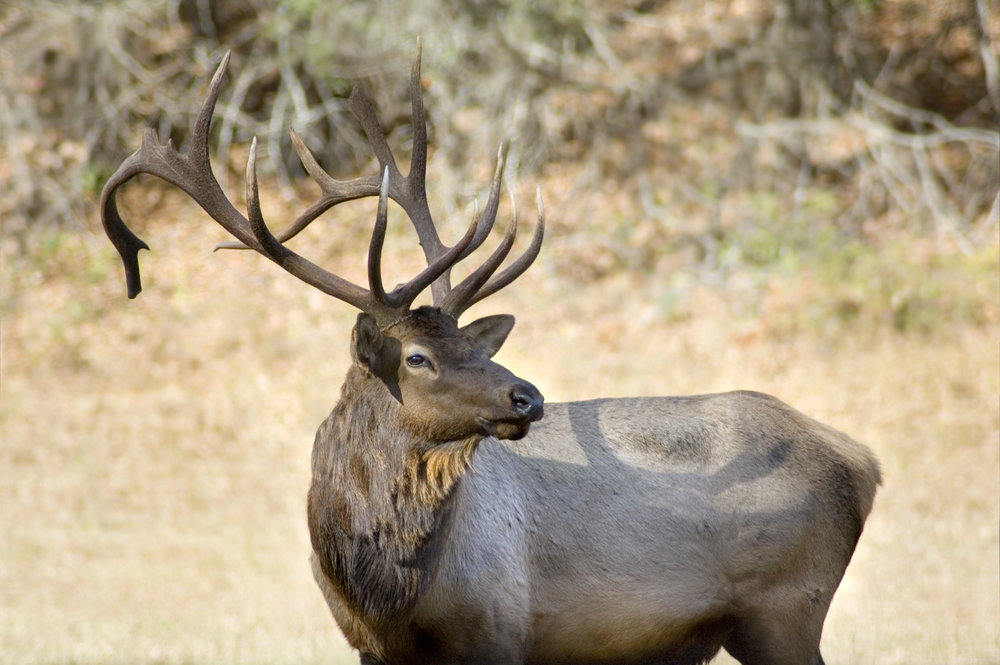
This ancient mountain chain provides crucial north-south connectivity for countless
species along eastern North America. Strategic viewing points along the
Appalachian Trail offer chances to spot black bears and migratory birds.
Dawn and dusk provide peak wildlife activity periods.
New Zealand Alpine Corridor
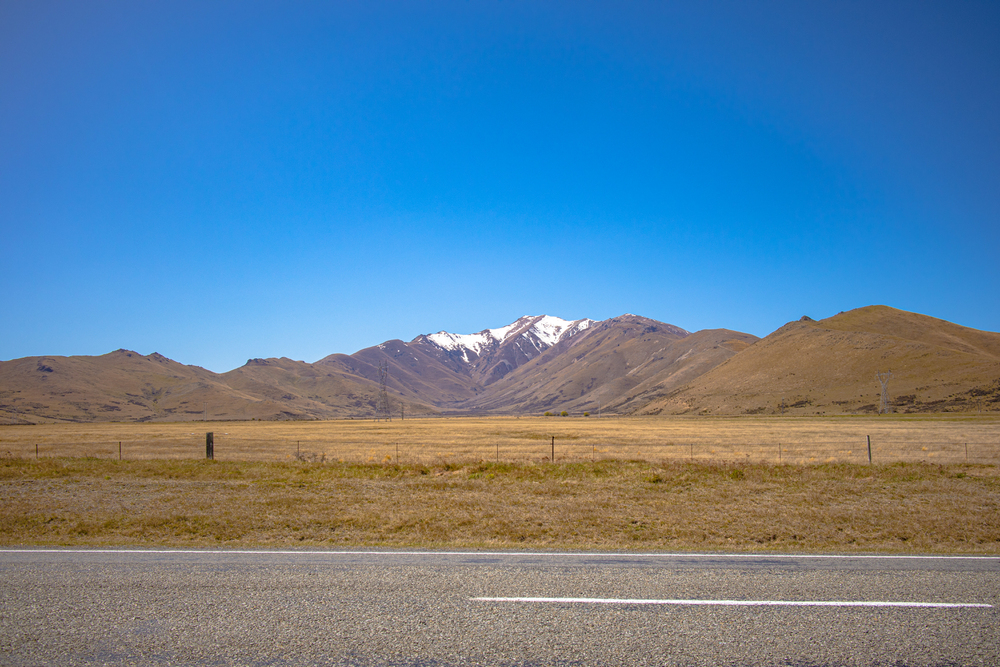
Mountain passes connecting New Zealand’s Southern Alps provide critical pathways
for native birds and insects. Guided tours in Mount Cook National Park offer
opportunities to witness unique alpine species movements.
Local naturalists explain how changing seasons affect corridor usage.
Like Travel Pug’s content? Follow us on MSN.
Arctic Wildlife Bridge
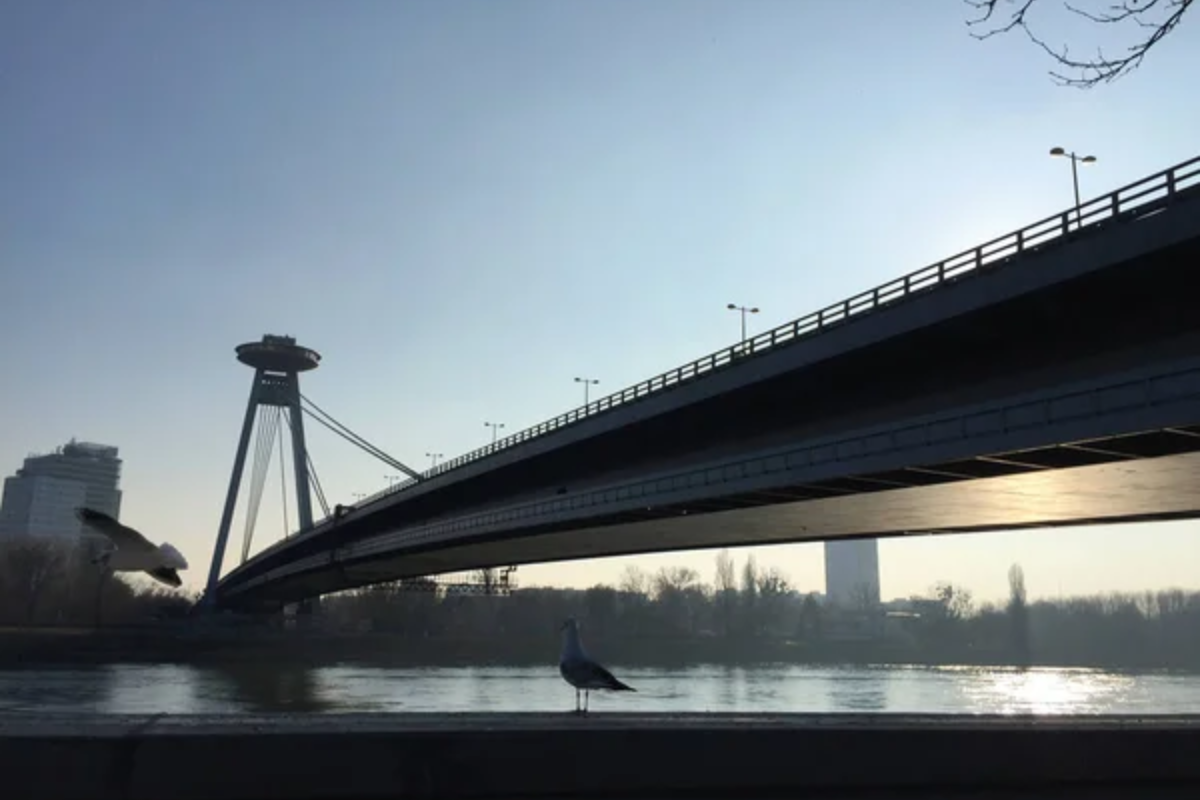
This corridor connects various Arctic regions, allowing caribou herds to maintain
traditional migration routes. Viewing stations in Alaska’s Arctic National Wildlife
Refuge offer opportunities to witness massive caribou movements.
Indigenous guides share traditional knowledge about migration patterns.
Mediterranean Corridor
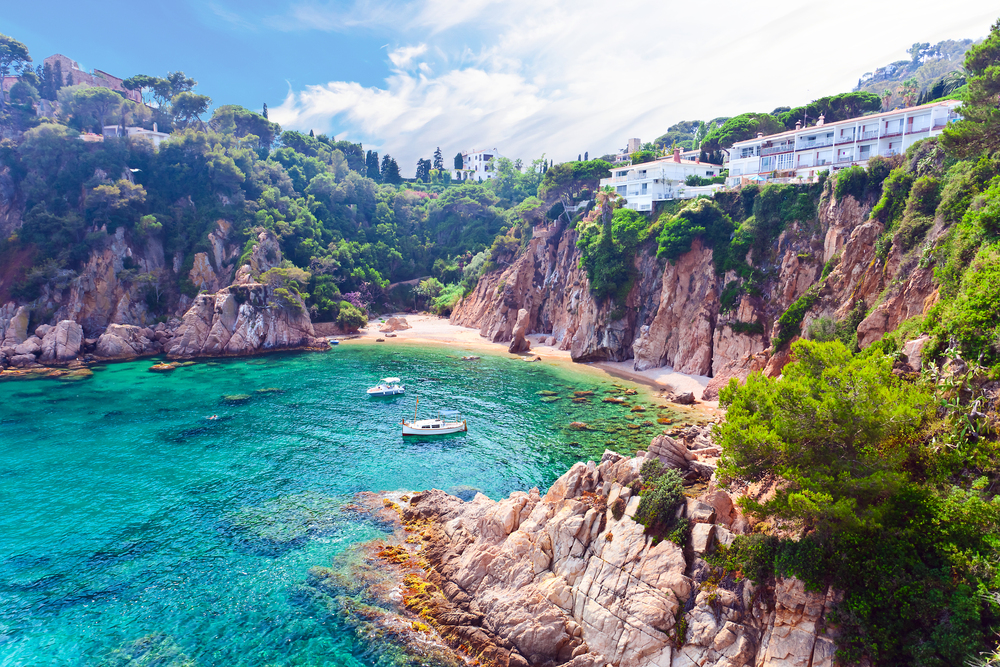
Island-hopping pathways enable birds to migrate between Europe and Africa across
the Mediterranean Sea. Strategic viewing points on islands like Malta offer chances
to witness spectacular bird migrations.
Local ornithologists lead specialized tours during peak migration seasons.
Himalayan High Routes
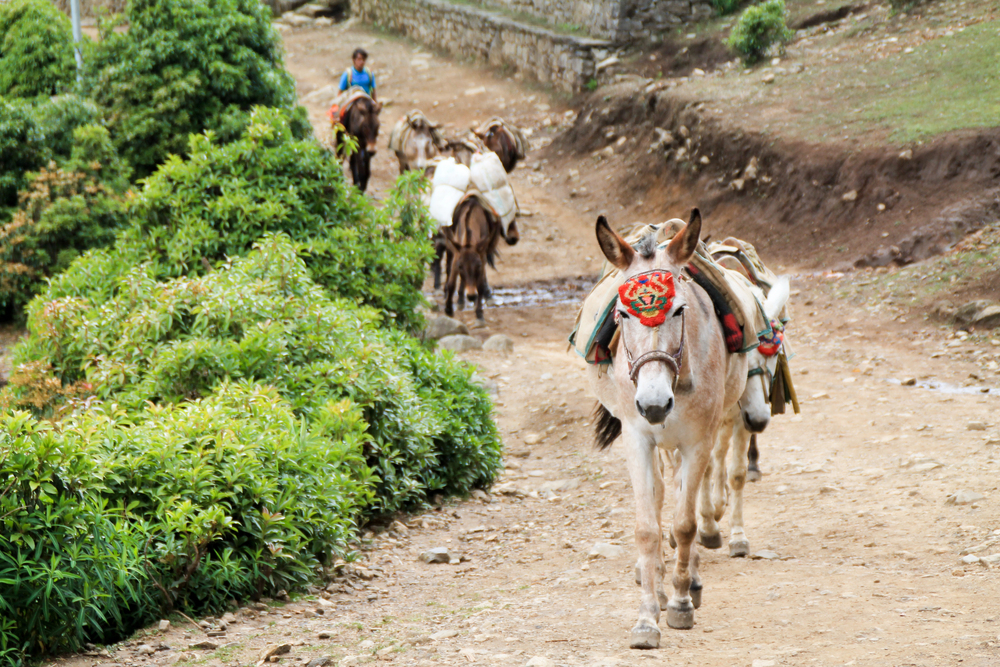
Ancient mountain passes serve as crucial corridors for snow leopards and their prey
species moving between high-altitude habitats. Remote camps allow adventurous
visitors to observe wildlife movement patterns with expert guides.
Camera traps provide glimpses of nocturnal corridor activity.
Like Travel Pug’s content? Follow us on MSN.
Wildlife Corridors: Nature’s Lifelines
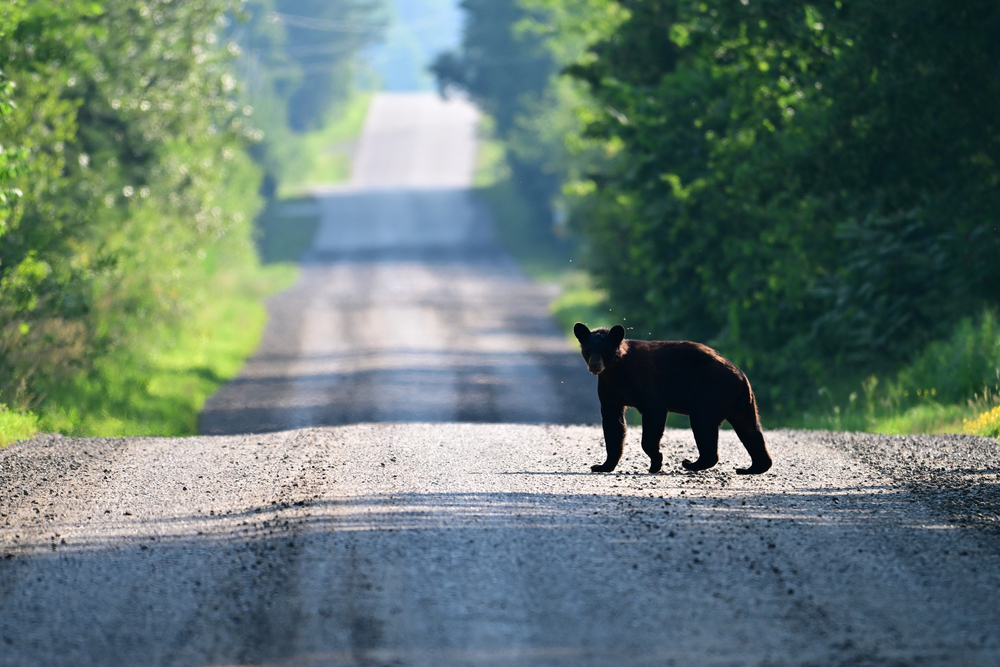
These wildlife corridors represent crucial lifelines for Earth’s biodiversity, allowing
animals to move freely between increasingly isolated habitats. Each corridor tells a
unique story about animal adaptation, human innovation, and the delicate balance
between development and conservation.
By visiting these remarkable places responsibly, we can witness nature’s highways
in action while supporting vital conservation efforts that keep them functioning for
future generations.
More from Travel Pug

- 15 Dangerous European Cities to Avoid
- 15 Caribbean Islands Where Tourists Keep Getting Scammed
- The 20 Most Fascinating Abandoned Places: A Journey Through Time and Forgotten Spaces
- 15 Hidden Places in the Smithsonian Museums Locals Love: A Guide to Lesser-Known Treasures
- 16 Hidden Florida Beach Towns That Aren’t Overrun with Tourists
Like Travel Pug’s content? Follow us on MSN.
